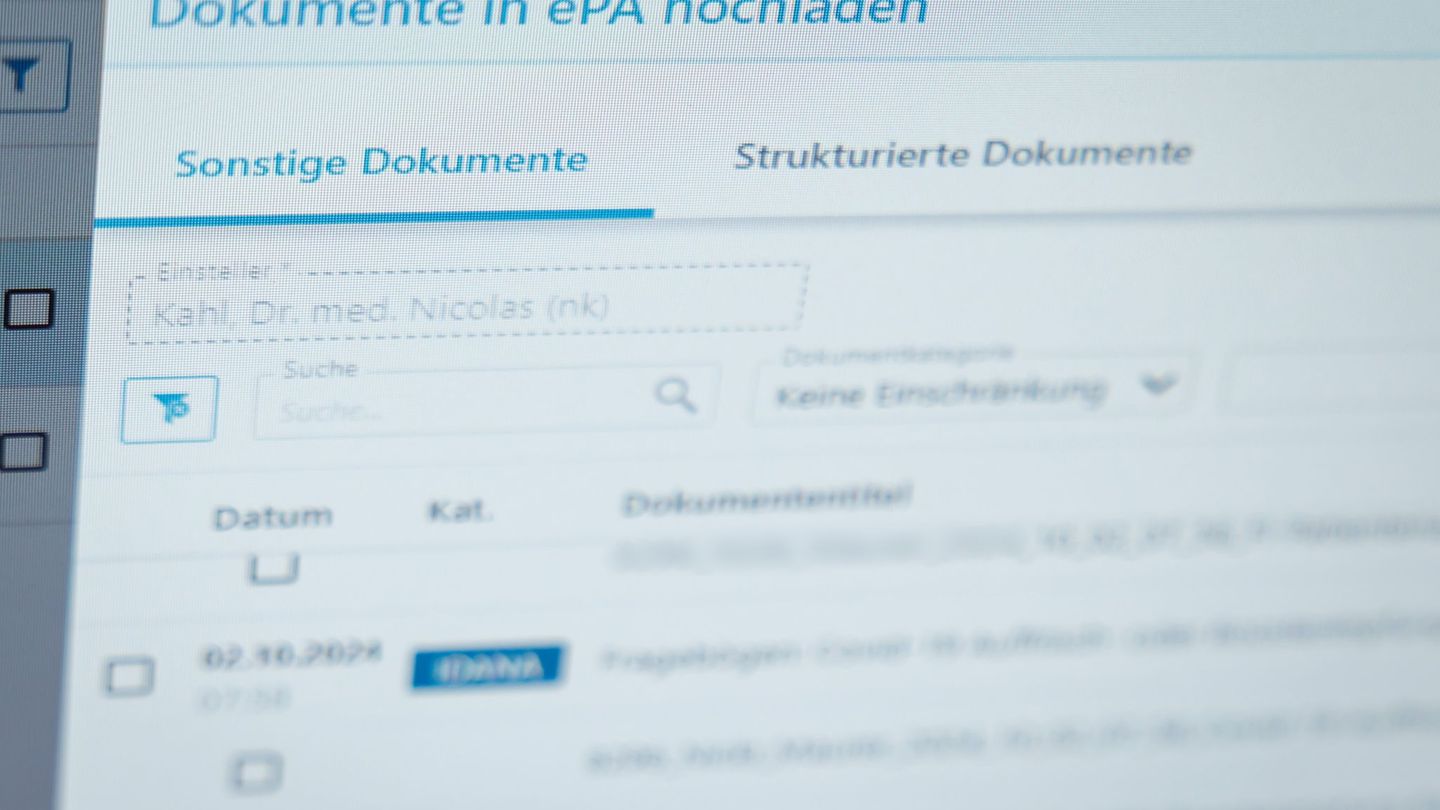I have been working in the news industry for over 6 years, first as a reporter and now as an editor. I have covered politics extensively, and my work has appeared in major newspapers and online news outlets around the world. In addition to my writing, I also contribute regularly to 24 Hours World.
Menu
Digitization: What does the “soft start” bring for the e-patient files?
Categories
Most Read
Middle East: Gaza agreement: Hamas hands over another body
October 20, 2025
No Comments
Ukraine War: Trump: Don’t think Ukraine will win the war
October 20, 2025
No Comments
Customs conflict: Trump relies on trade deal at meeting with Xi in South Korea
October 20, 2025
No Comments
US shutdown: forced vacation at the nuclear weapons safety agency | STERN.de
October 20, 2025
No Comments
CDU MP calls for an end to the ban on cooperation with the AfD
October 20, 2025
No Comments
Latest Posts

Economic situation: Allianz subsidiary: company insolvencies will increase worldwide in 2026
October 21, 2025
No Comments
AngelicaI am an author and journalist who has written for 24 Hours World. I specialize in covering the economy and write about topics such as

San Lorenzo recovered its smile: it beat Atlético Tucumán 2-1 and got into the qualifying zone
October 21, 2025
No Comments
October 20, 2025 – 23:59 With goals from Cuello and Tripichio, Damián Ayude’s team turned the score around and climbed to sixth position in Zone

Epstein scandal: Book by Epstein victim Giuffre increases pressure on Prince Andrew
October 21, 2025
No Comments
Lisa HarrisI am an author and journalist who has worked in the entertainment industry for over a decade. I currently work as a news editor
24 Hours Worlds is a comprehensive source of instant world current affairs, offering up-to-the-minute coverage of breaking news and events from around the globe. With a team of experienced journalists and experts on hand 24/7.

